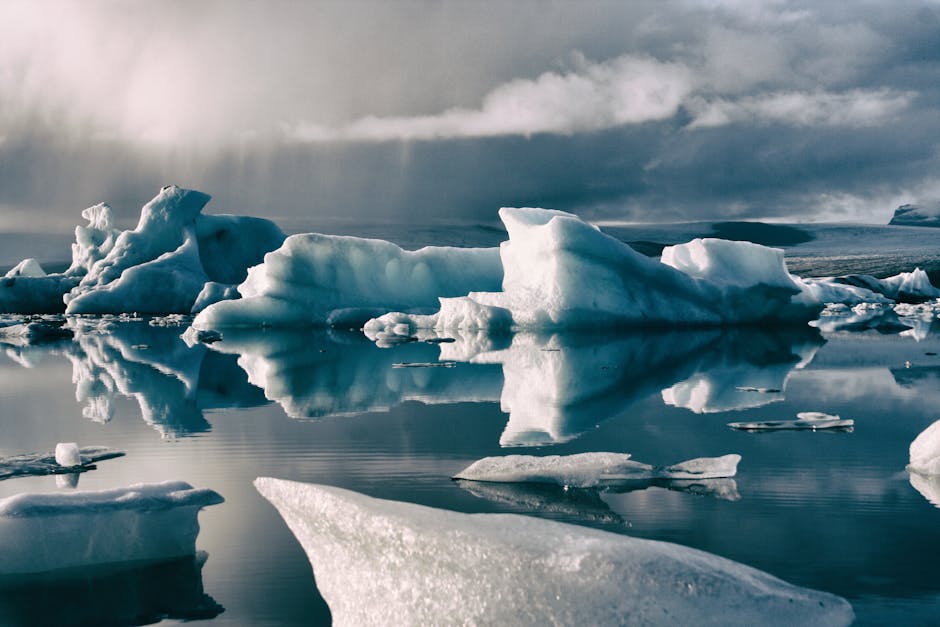Global warming, or climate change, refers to the continuing increase of Earth's global average temperature and is primarily caused by human emissions like burning fossil fuels and deforestation. This phenomenon has far-reaching consequences, impacting weather patterns, sea levels, and ecosystems worldwide. Understanding the facts about global warming is crucial for taking effective action.
One of the most concerning effects of global warming is the rise in sea levels. As glaciers and polar ice caps melt, they add more water to the oceans. Simultaneously, the warming of the ocean water causes it to expand in volume. This combination leads to higher sea levels, threatening coastal communities and ecosystems.
Changes in weather patterns are another significant consequence. Global warming intensifies the water cycle, leading to more extreme weather events. This includes heavier rainfall and increased flooding in some areas, while other regions experience more severe droughts and heatwaves. The increased frequency and intensity of hurricanes and other tropical storms are also linked to global warming.
The impact on ecosystems is widespread and devastating. Many plant and animal species are struggling to adapt to the rapidly changing climate. Coral reefs, for example, are highly sensitive to temperature changes and are experiencing widespread bleaching and die-off. Shifting climate zones are also forcing species to migrate, disrupting established ecosystems.
Ocean acidification is a less discussed but equally serious consequence of global warming. The ocean absorbs a significant portion of the excess carbon dioxide in the atmosphere. This process leads to the formation of carbonic acid, increasing the acidity of the ocean water. Ocean acidification poses a serious threat to marine life, particularly shellfish and coral reefs.
The melting of permafrost is another concerning effect. Permafrost is permanently frozen ground found in high-latitude regions. As temperatures rise, permafrost thaws, releasing large amounts of trapped methane, a potent greenhouse gas. This release further accelerates global warming in a positive feedback loop.
While the situation is serious, there are steps we can take to mitigate the effects of global warming. Transitioning to renewable energy sources like solar and wind power is crucial for reducing our reliance on fossil fuels. Improving energy efficiency in buildings and transportation can also significantly lower emissions. Sustainable land management practices, including reforestation and reduced deforestation, can help absorb carbon dioxide from the atmosphere.
Individual actions also play a vital role. Reducing your carbon footprint through simple changes like using public transportation, conserving energy at home, and adopting a more plant-based diet can make a difference. Supporting policies and businesses that prioritize sustainability is also essential for creating systemic change.

